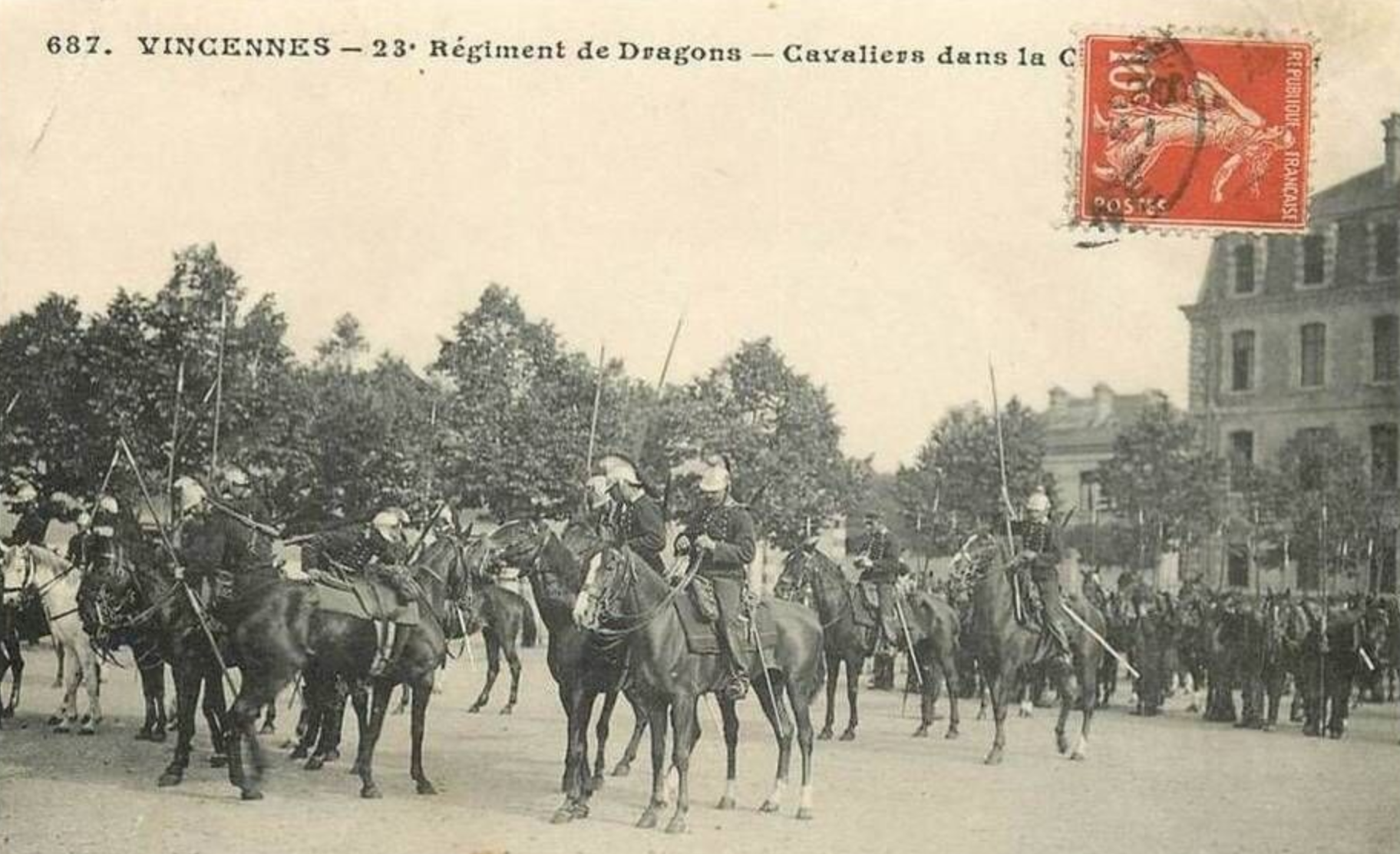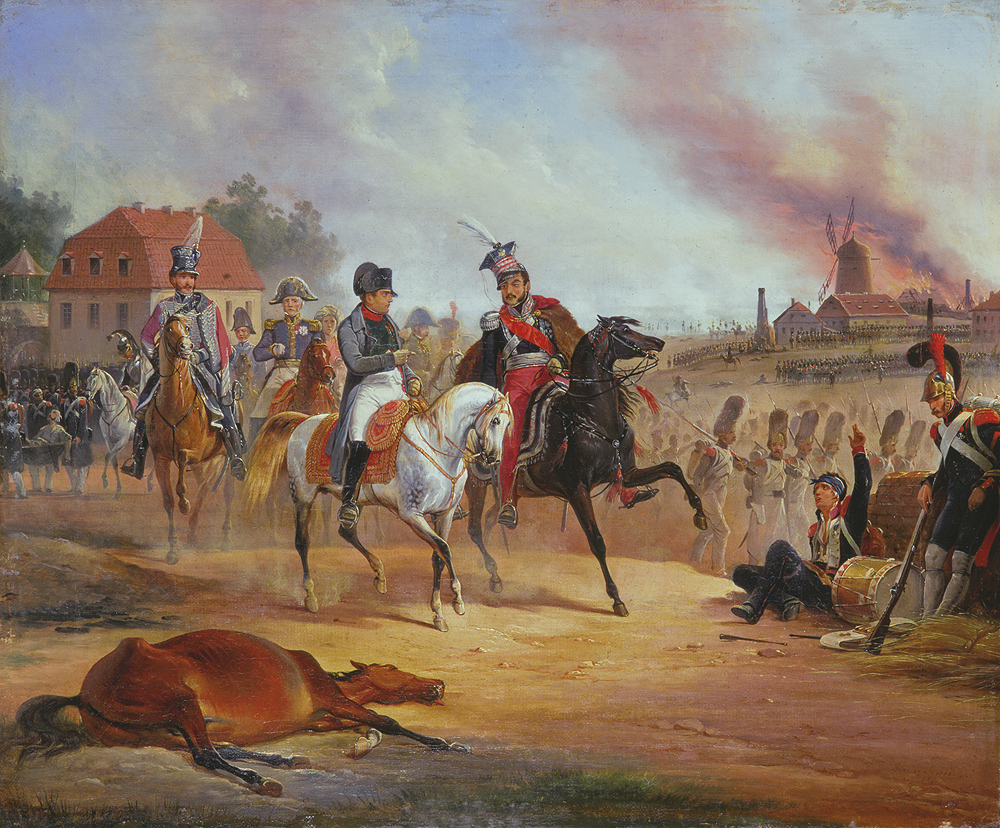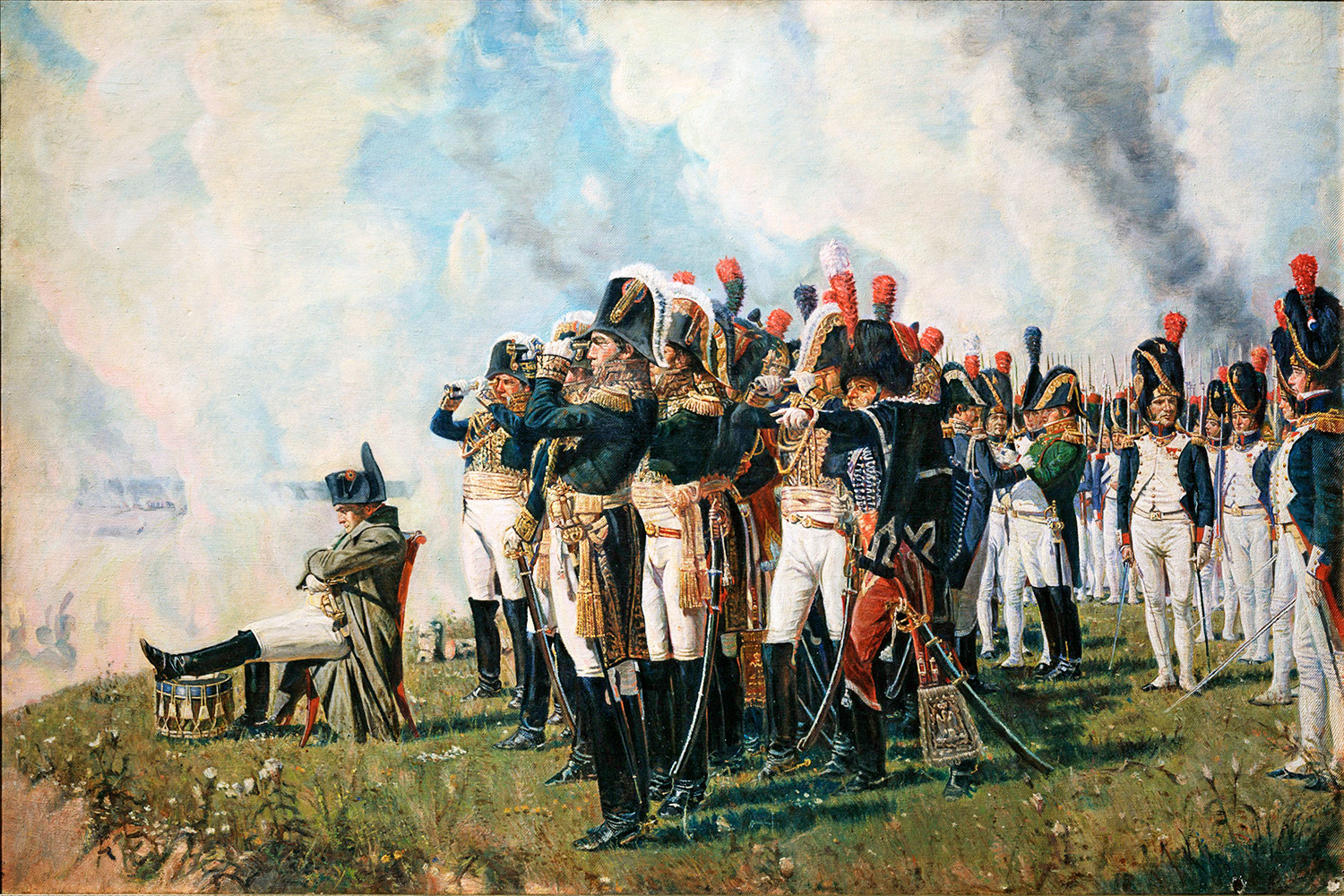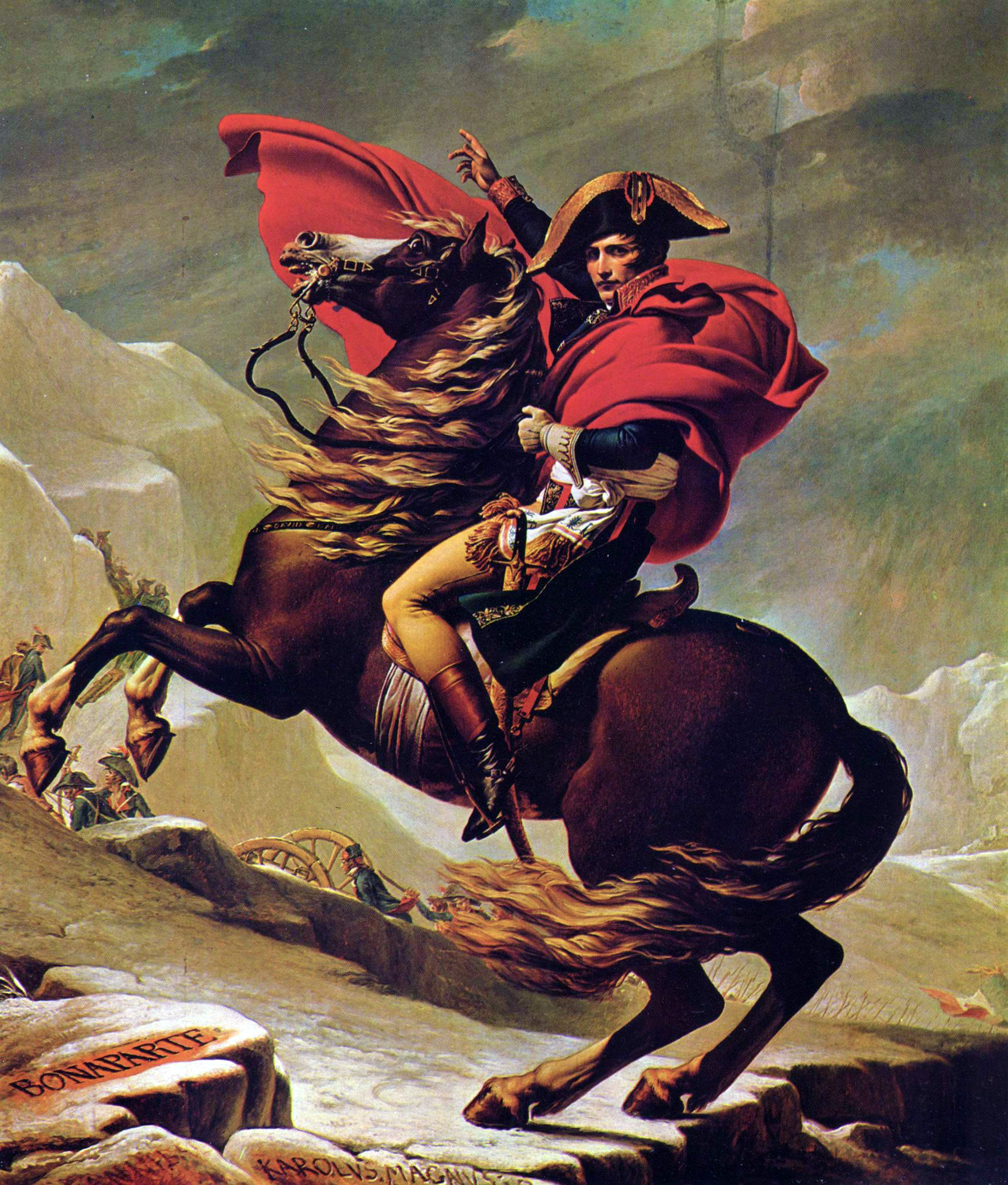|
23rd Dragoon Regiment (France)
The 23rd Dragoon Regiment (french: 23e Régiment de dragons, 23e RD) was a French cavalry unit created in 1670 in Turin as it was transferred to French service in 1671. It became Royal Piémont in 1690, 14e Regiment de Cavalerie in 1791 and finally 23e Regiment de Dragons in 1803. It was dissolved in 1928. History The regiment was established in 1690 by the Ancien Régime, Kingdom of France as the Royal-Piémont. Before that it used to be a cavalry regiment established by the Duchy of Savoy, Duke of Savoy in 1670 as Prince-de-Piemont. It became the 14th cavalry regiment in 1791 during Napoleon First French Empire, First Empire then was named 23rd Dragoon Regiment on 24 September 1803. It was disbanded on 14 May 1814 with the end of the Empire before being reactivated on 29 September 1873. In 1900 it was based in Vincennes. The regiment served as horse cavalry during the First World War before being finally disbanded in 1928. Combat Notable involvements from 1672 to 191 ... [...More Info...] [...Related Items...] OR: [Wikipedia] [Google] [Baidu] |
Nine Years' War
The Nine Years' War (1688–1697), often called the War of the Grand Alliance or the War of the League of Augsburg, was a conflict between France and a European coalition which mainly included the Holy Roman Empire (led by the Habsburg monarchy), the Dutch Republic, England, Spain, Savoy, Sweden and Portugal. Although not the first European war to spill over to Europe's overseas colonies, the events of the war spread to such far away places as the Americas, India, and West Africa. It is for this reason that it is sometimes considered the first world war. The conflict encompassed the Glorious Revolution in England, where William of Orange deposed the unpopular James VII and II and subsequently struggled against him for control of Scotland and Ireland, and a campaign in colonial North America between French and English settlers and their respective Native American allies. Louis XIV of France had emerged from the Franco-Dutch War in 1678 as the most powerful monarch in Europe ... [...More Info...] [...Related Items...] OR: [Wikipedia] [Google] [Baidu] |
First Battle Of Picardy
The First Battle of Picardy took place during the Race to the Sea and the First Battle of the Aisne The "race" was a Franco-British counter-offensive, which followed the Battle of the Frontiers (7 August – 13 September) and the German advance into France during the Great Retreat, which ended at the First Battle of the Marne The term describes reciprocal attempts by the Franco-British and German armies to envelop the northern flank of the opposing army, through Picardy, Artois and Flanders. The first outflanking attempt resulted in an encounter battle in Picardy. The French Sixth Army attacked up the Oise river valley towards Noyon, as the Second Army assembled further north, ready to attempt to advance round the northern flank of the German 1st Army. Both French armies managed to advance successively on a line from Roye to Chaulnes, until the German 6th Army and other reinforcements arrived from Lorraine and halted the French advance. Both sides then attempted ... [...More Info...] [...Related Items...] OR: [Wikipedia] [Google] [Baidu] |
Battle Of Vauchamps
The Battle of Vauchamps (14 February 1814) was the final major engagement of the Six Days Campaign of the War of the Sixth Coalition. It resulted in a part of the Grande Armée under Napoleon I defeating a superior Prussian and Russian force of the Army of Silesia under Field-marshal Gebhard Leberecht von Blücher. At the beginning of 1814, the armies of the French Empire, under the direct command of Emperor Napoleon I, were scrambling to defend Eastern France against the invading Coalition Armies. Despite fighting against vastly superior forces, Napoleon managed to score a few significant victories and, between 10 and 13 February repeatedly beat Blücher's Army of Silesia. On 13 February, reeling from his successive defeats, Blücher looked to disengage from Napoleon and instead manoeuvre with a part of his forces to fall upon the isolated VI Corps of Marshal Auguste de Marmont, who was defending Napoleon's rear. The Prussian commander attacked and pushed back Marmont late o ... [...More Info...] [...Related Items...] OR: [Wikipedia] [Google] [Baidu] |
Battle Of Leipzig
The Battle of Leipzig (french: Bataille de Leipsick; german: Völkerschlacht bei Leipzig, ); sv, Slaget vid Leipzig), also known as the Battle of the Nations (french: Bataille des Nations; russian: Битва народов, translit=Bitva narodov), was fought from 16 to 19 October 1813 at Leipzig, Saxony. The Coalition armies of Austria, Prussia, Sweden, and Russia, led by Tsar Alexander I and Karl von Schwarzenberg, decisively defeated the '' Grande Armée'' of French Emperor Napoleon Bonaparte. Napoleon's army also contained Polish and Italian troops, as well as Germans from the Confederation of the Rhine (mainly Saxony and Württemberg). The battle was the culmination of the German Campaign of 1813 and involved 560,000 soldiers, 2,200 artillery pieces, the expenditure of 400,000 rounds of artillery ammunition, and 133,000 casualties, making it the largest battle in Europe prior to World War I. Decisively defeated again, Napoleon was compelled to return to France while ... [...More Info...] [...Related Items...] OR: [Wikipedia] [Google] [Baidu] |
Battle Of Dresden
The Battle of Dresden (26–27 August 1813) was a major engagement of the Napoleonic Wars. The battle took place around the city of Dresden in modern-day Germany. With the recent addition of Austria, the Sixth Coalition felt emboldened in their quest to expel the French from Central Europe. Despite being heavily outnumbered, French forces under Napoleon scored a victory against the Army of Bohemia led by Generalissimo Karl von Schwarzenberg. However, Napoleon's victory did not lead to the collapse of the coalition, and the weather and the uncommitted Russian reserves who formed an effective rear-guard precluded a major pursuit. Three days after the battle, the Allies surrounded and destroyed a French corps advancing into their line of withdrawal at the Battle of Kulm. Prelude On the 16 August, Napoleon had sent Marshal Saint-Cyr's corps to fortify and hold Dresden in order to hinder allied movements and to serve as a possible base for his own manoeuvres. He planned to str ... [...More Info...] [...Related Items...] OR: [Wikipedia] [Google] [Baidu] |
Battle Of Borodino
The Battle of Borodino (). took place near the village of Borodino on during Napoleon's invasion of Russia. The ' won the battle against the Imperial Russian Army but failed to gain a decisive victory and suffered tremendous losses. Napoleon fought against General Mikhail Kutuzov, whom the Emperor Alexander I of Russia had appointed to replace Barclay de Tolly on after the Battle of Smolensk. After the Battle of Borodino, Napoleon remained on the battlefield with his army; the Imperial Russian forces retreated in an orderly fashion southwards. Because the Imperial Russian army had severely weakened the ', they allowed the French occupation of Moscow since they used the city as bait to trap Napoleon and his men. The failure of the ' to completely destroy the Imperial Russian army, in particular Napoleon's reluctance to deploy his guard, has been widely criticised by historians as a huge blunder, as it allowed the Imperial Russian army to continue its retreat into territory in ... [...More Info...] [...Related Items...] OR: [Wikipedia] [Google] [Baidu] |
Battle Of Wagram
The Battle of Wagram (; 5–6 July 1809) was a military engagement of the Napoleonic Wars that ended in a costly but decisive victory for Emperor Napoleon's French and allied army against the Austrian army under the command of Archduke Charles of Austria-Teschen. The battle led to the breakup of the Fifth Coalition, the Austrian and British-led alliance against France. Wagram was the largest battle in European history up to its time. In 1809, the French military presence in the Confederation of the Rhine was diminished as Napoleon transferred a number of soldiers to fight in the Peninsular War. As a result, the Austrian Empire saw its chance to recover some of its former sphere of influence and invaded the Kingdom of Bavaria, a French ally. Recovering from his initial surprise, Napoleon beat the Austrian forces and occupied Vienna at the beginning of May 1809. Despite the string of sharp defeats and the loss of the empire's capital, Archduke Charles salvaged an army, with which ... [...More Info...] [...Related Items...] OR: [Wikipedia] [Google] [Baidu] |
Battle Of Caldiero (1805)
The Battle of Caldiero took place on 30 October 1805, pitting the French ''Armée d'Italie'' under Marshal André Masséna against an Austrian army under the command of Archduke Charles, Duke of Teschen. The French engaged only some of their forces, around 33,000 men, but Archduke Charles engaged the bulk of his army, 49,000 men, leaving out Paul Davidovich's corps to defend the lower Adige and Franz Seraph of Orsini-Rosenberg's corps to cover the Austrian right against any flanking maneuvers. The fighting took place at Caldiero, 15 kilometres east of Verona, during the War of the Third Coalition, part of the Napoleonic Wars. Preliminaries By mid October, Marshal André Masséna, a seasoned French general, who had fought the Austrians in Lombardia before during the campaign of 1796–1797, was waiting for developments on the main theatre of operations in Bavaria.Pigeard, 171 On 18 October, Masséna won a bridgehead on the east bank of the Adige River in the Battle of Verona. ... [...More Info...] [...Related Items...] OR: [Wikipedia] [Google] [Baidu] |
Italian Campaigns Of The French Revolutionary Wars
The Italian campaigns of the French Revolutionary Wars (1792–1802) were a series of conflicts fought principally in Northern Italy between the French Revolutionary Army and a Coalition of Austria, Russia, Piedmont-Sardinia, and a number of other Italian states. The campaign of 1796-1797 brought prominence to Napoleon Bonaparte, a young, largely unknown commander, who led French forces to victory over numerically superior Austrian and Sardinian Armies. First Coalition (1792–1797) The War of the First Coalition broke out in autumn 1792, when several European powers formed an alliance against Republican France. The first major operation was the annexation of the County of Nice and the Duchy of Savoy (both states of the Kingdom of Piedmont-Sardinia) by 30,000 French troops. This was reversed in mid-1793, when the Republican forces were withdrawn to deal with a revolt in Lyon, triggering a counter-invasion of Savoy by the Kingdom of Piedmont-Sardinia (a member of the First ... [...More Info...] [...Related Items...] OR: [Wikipedia] [Google] [Baidu] |
Siege Of Mainz (1793)
In the siege of Mainz (german: Belagerung von Mainz), from 14 April to 23 July 1793, a coalition of Prussia, Austria, and other German states led by the Holy Roman Empire besieged and captured Mainz from revolutionary French forces. The allies, especially the Prussians, first tried negotiations, but this failed, and the bombardment of the city began on the night of 17 June. Siege Within the town the siege and bombardment led to stress between citizens, municipality and the French war council, governing since 2 April. The city administration was displaced on 13 July; this increased the stubbornness of the remaining population. Since a relief army was missing, the war council was forced to take up negotiations with the allied forces on 17 July; the remaining soldiers capitulated on 23 July. Nearly 19,000 French troops surrendered at the end of the siege, but were allowed to return to France if they promised not to fight against the allies for one year. Consequently, they were u ... [...More Info...] [...Related Items...] OR: [Wikipedia] [Google] [Baidu] |
Seven Years' War
The Seven Years' War (1756–1763) was a global conflict that involved most of the European Great Powers, and was fought primarily in Europe, the Americas, and Asia-Pacific. Other concurrent conflicts include the French and Indian War (1754–1763), the Carnatic Wars and the Anglo-Spanish War (1762–1763). The opposing alliances were led by Great Britain and France respectively, both seeking to establish global pre-eminence at the expense of the other. Along with Spain, France fought Britain both in Europe and overseas with land-based armies and naval forces, while Britain's ally Prussia sought territorial expansion in Europe and consolidation of its power. Long-standing colonial rivalries pitting Britain against France and Spain in North America and the West Indies were fought on a grand scale with consequential results. Prussia sought greater influence in the German states, while Austria wanted to regain Silesia, captured by Prussia in the previous war, and to contain Pruss ... [...More Info...] [...Related Items...] OR: [Wikipedia] [Google] [Baidu] |

_13_September_(black_line).jpg)
.jpg)

.jpg)


